Planning your first trip to Japan? From the busy neon streets of Tokyo to the ancient temples of Kyoto, Japan offers a perfect mix of tradition and modernity. To help you navigate this incredible country with ease, here are the 12 essential tips for first-time visitors that we discovered on our recent first-time trip to Japan.
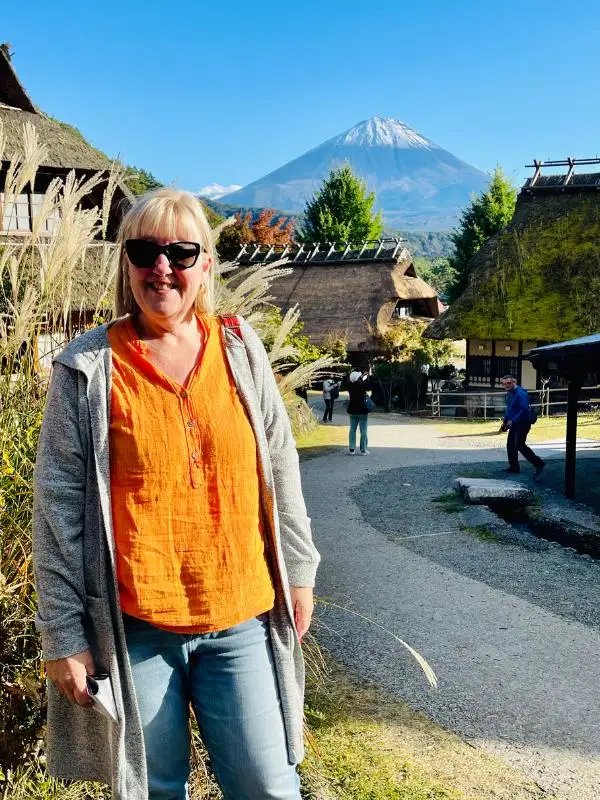
Table of Contents
Japan Podcast Episodes
Japan Travel Tips
1. Japan is a Cash-Based Society 💴
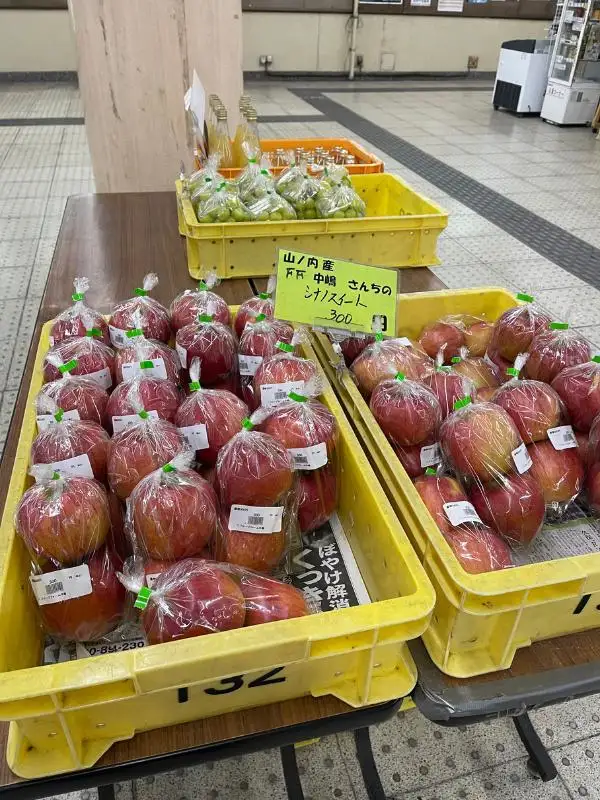
While credit cards are becoming increasingly accepted, cash remains the preferred payment method in Japan, particularly in smaller shops, local restaurants, and rural areas. Finding an ATM is easy and we strongly recommend carrying some cash with you at all times.
✔️ ATMs at 7-Eleven and post offices accept international cards, but many other ATMs don’t. It’s worth bringing two different cards to Japan, just in case.
✔ ️Rechargeable IC cards such as Suica, Pasmo, ICOCA can be used for transport and small purchases at convenience stores and vending machines. They’re easy to pre-load and are a useful back up for cash.
💡 Tip: Always carry some Yen (¥), as Japan is not as card-friendly as other countries!
2. Check if the Japan Rail Pass is Worth It 🚅
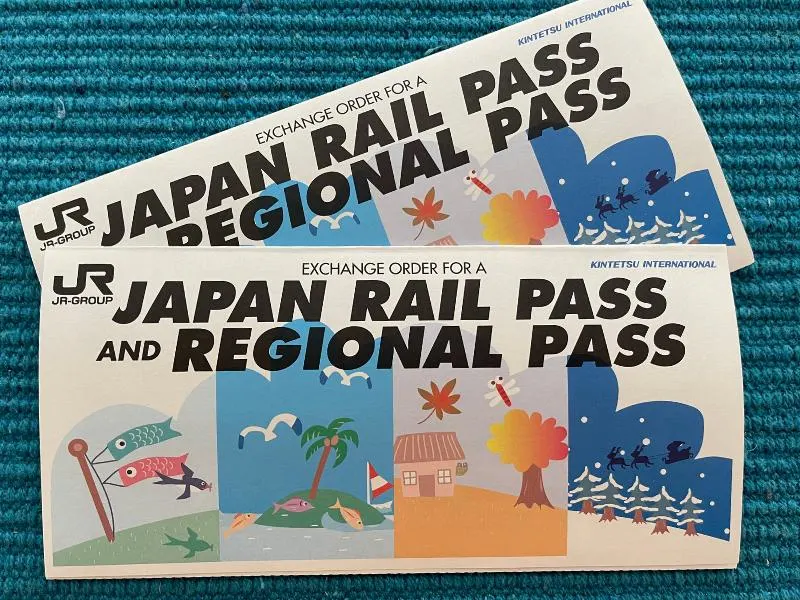

Japan is world famous for its fast, efficient, and reliable rail system, and before 2023, the Japan Rail Pass was an excellent option for saving money while travelling around the country. Unfortunately, following price increases in 2023, the pass is now much more expensive.
If you’re travelling extensively between multiple cities and regions and plan to take the Shinkansen, the Japan Rail Pass may still save you money; however, it’s best to calculate the costs and compare them with the pass.
✔️ The JR Pass is available in 7-day, 14-day, and 21-day options; however, it must be purchased before arrival in Japan (although limited in-country sales are available).
✔️ For regional travel, consider purchasing a more affordable local rail pass, such as the Kansai Thru Pass or Tokyo Metro Pass.
3. Public Transport is Efficient (But Can Be Overwhelming) 🚅

The Japanese metro and train systems in cities like Tokyo and Osaka are among the best in the world. They are reasonably priced, quick and efficient, but can be confusing for first-time users.
✔️ Use Google Maps, Hyperdia, or Navitime to plan your routes and check train times.
✔️ Avoid rush hour (7:30-9:30 AM & 5:00-7:00 PM) as trains will be packed – and we mean packed!
💡 Tip: Buy a reusable, pre-loaded Suica or Pasmo card (Tokyo) or ICOCA card (Osaka/Kyoto) for tap-and-go travel on trains, buses, monorails, ferries and even vending machines!
4. Japanese Etiquette is Important 🙇♂️
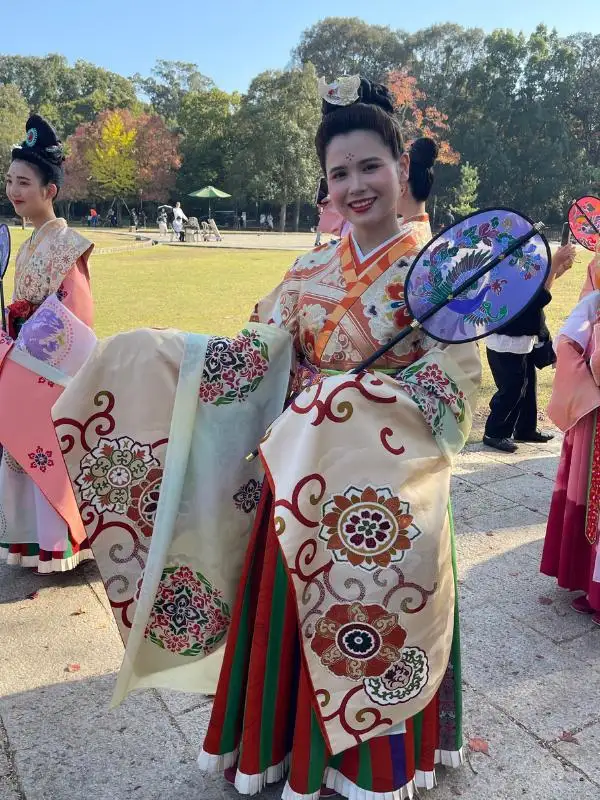
Manners and etiquette are important in Japanese society and to Japanese people. It is important for visitors to follow basic etiquette rules.
✔️ Bow instead of shaking hands when greeting someone.
✔️ Never tip—it’s considered rude in Japan.
✔️ Keep your voice low in public transport and never talk on the phone while riding the train.
✔️ Remove your shoes when entering someone’s home, traditional ryokans, and certain restaurants.
💡 Tip: If you’re not sure about etiquette, watch what locals do and follow their lead!
5. Convenience Stores are Life-Savers 🍱
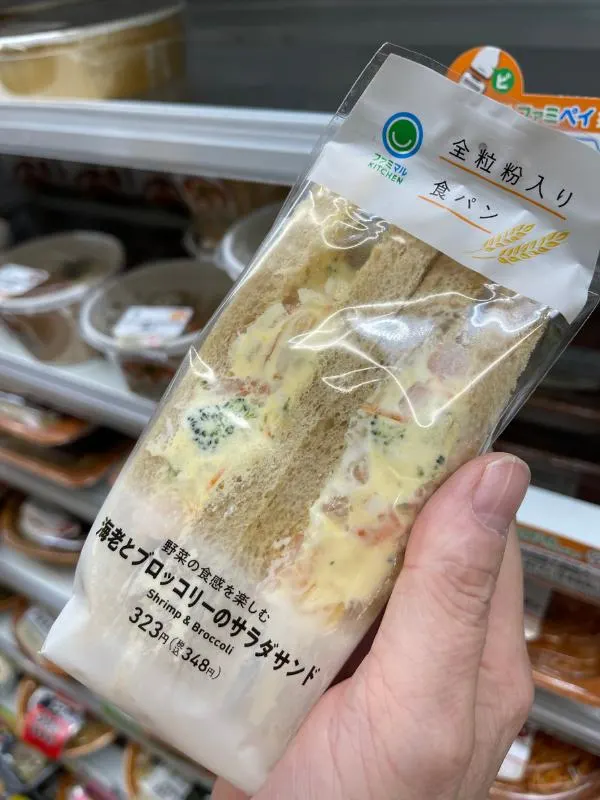
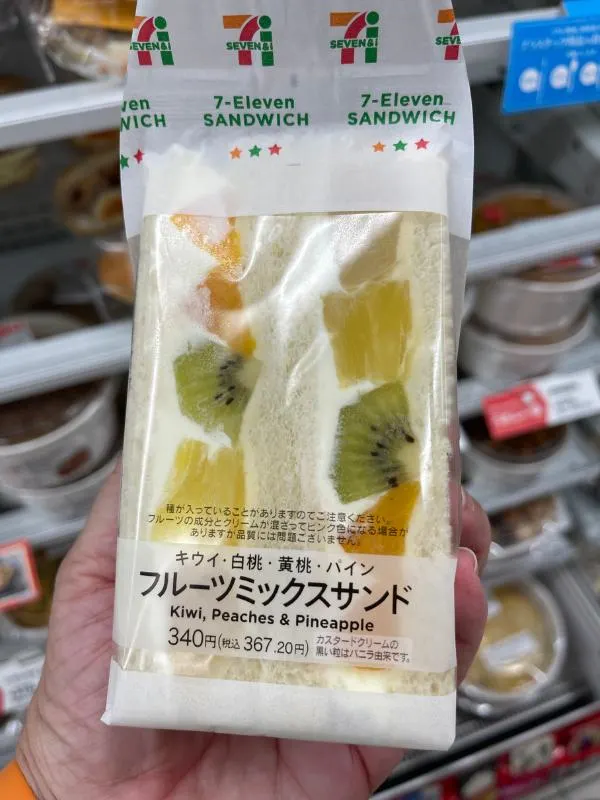
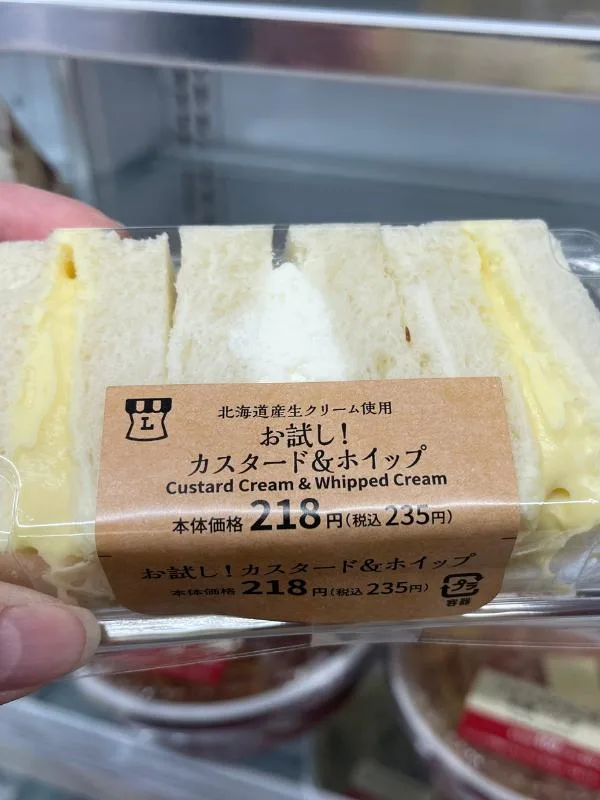

Eating out in Japan can be expensive so first-time visitors to Japan should make the most of convenience stores (known as konbini) which are found throughout Japan.
✔️ 7-Eleven, FamilyMart, and Lawson sell delicious, cheap, and high-quality meals—perfect for travellers on the go!
✔️ You can find everything from fresh sushi and onigiri to hot meals and great coffee.
✔️ Convenience stores also offer ATM services, bill payments, and free WiFi.
💡 Tip: For a cheap eat, try onigiri (rice balls) and katsu sandos (pork cutlet sandwiches)—they’re surprisingly tasty!
6. WiFi Isn’t as Widespread as You Might Think 📶
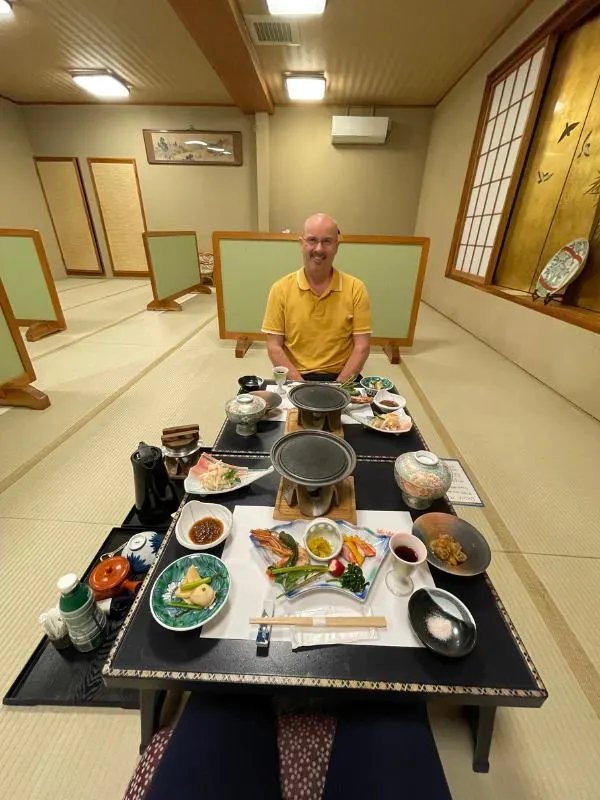
With Japan’s hi-tech reputation, first-time visitors may expect that free WiFi is readily available throughout the country – but it’s not.
✔️ Free WiFi isn’t available everywhere, and can be hard to find outside major cities.
✔️ Consider installing an eSIM card for easy connectivity.
✔️ Many train stations, convenience stores, and Starbucks offer free WiFi, but you may need to sign up first.
💡 Tip: A pocket WiFi is great for groups as it can connect multiple devices at once!
7. Book Accommodations Early, Especially in Peak Season 🏨

As with any popular tourist destination, we recommend booking your accommodation in advance of your visit.
✔️ Japan’s hotels and ryokans (traditional inns) fill up quickly, especially during cherry blossom (March-April) and autumn foliage (October-November) seasons.
✔️ Capsule hotels are a fun and budget-friendly option.
✔️ For a traditional experience, stay in a ryokan and try a tatami mat room with onsen (hot spring bath).
💡 Tip: Booking 2-3 months in advance is recommended, especially in Kyoto and Tokyo!
8. Japanese Food is More Than Just Sushi 🍜

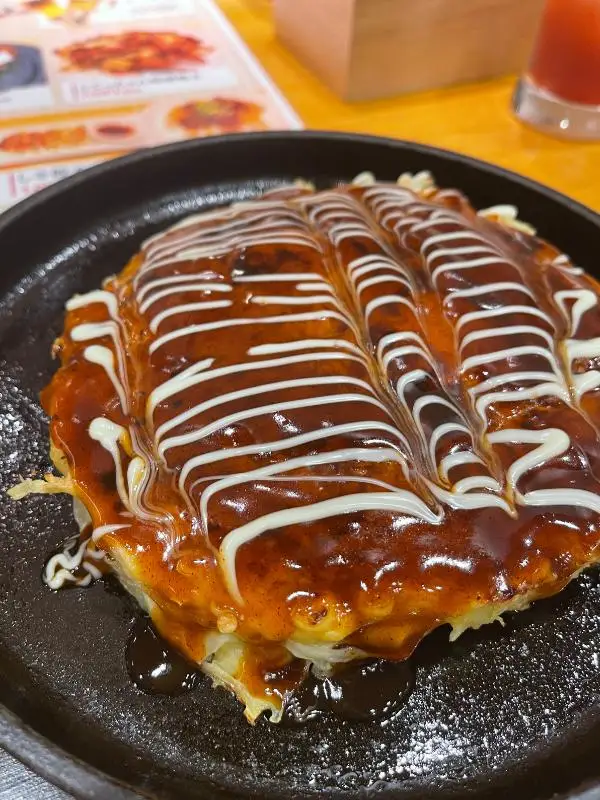

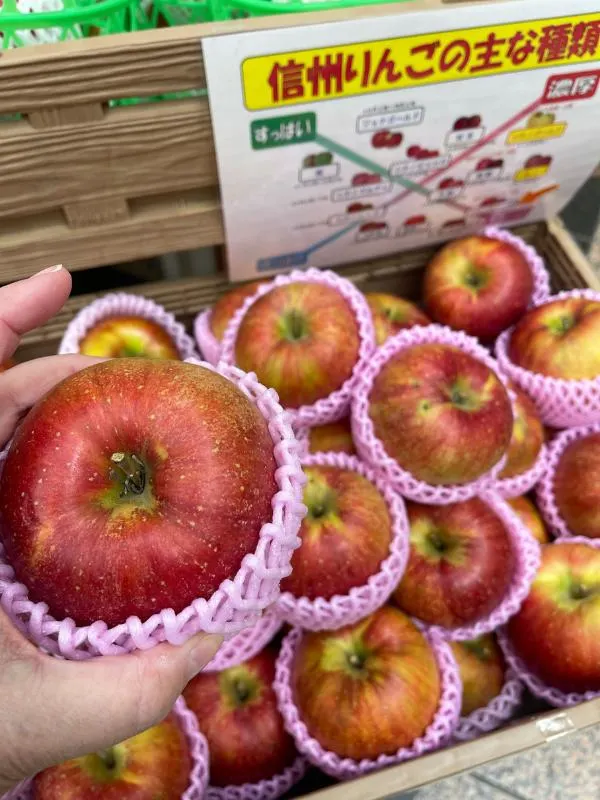
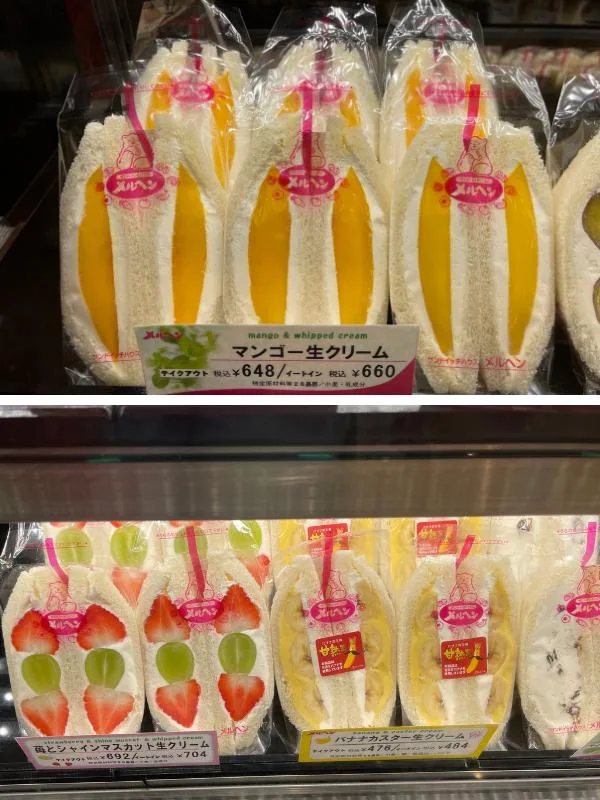
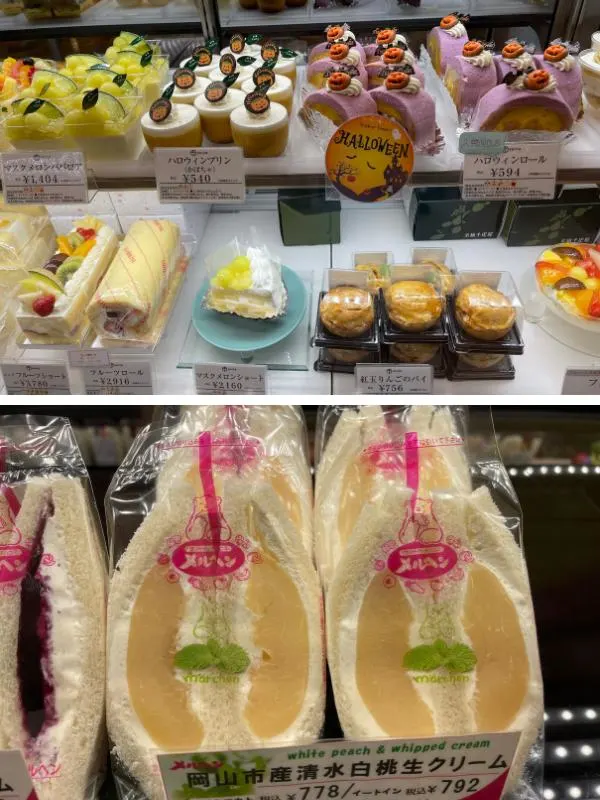
Everyone knows about sushi, but Japanese cuisine offers so much more than just sushi!
✔️ Ramen, udon, soba, yakitori, and okonomiyaki are just a few must-try dishes.
✔️ Vending machines serve everything from hot meals to ice cream and even sake!
✔️ Many restaurants use ticket vending machines. Place your order by selecting your meal on the machine, pay and receive a ticket which you then give to the staff to receive your meal.
💡 Tip: If eating sushi, don’t mix wasabi in to soy sauce—it’s considered bad etiquette!
9. Cash is King, But Japan is Safe from Pickpockets 🔒
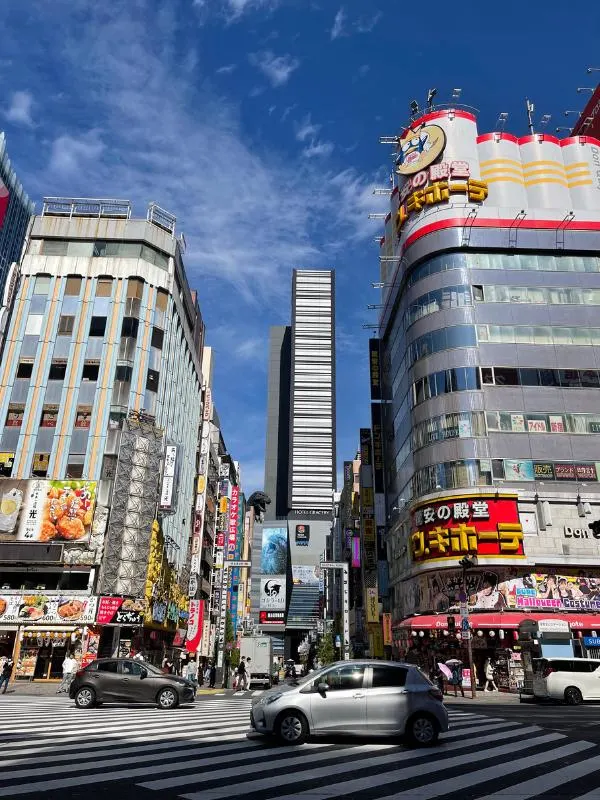
Crime rates are very low in Japan, making it one of the safest countries for travellers to visit. It ranks 10th (out of 147) on the Numbeo crime index.
✔️ Lost items are often returned so make sure you report any lost belongings to the police or train station staff.
✔️ Women travellers and solo travellers often find Japan to be one of the safest places to visit.
💡 Tip: You’ll often see people leaving bags and phones unattended in cafés—although it’s considered safe, you should still use the same common sense you’d use at home.
10. Weather Varies By Region 🌦️


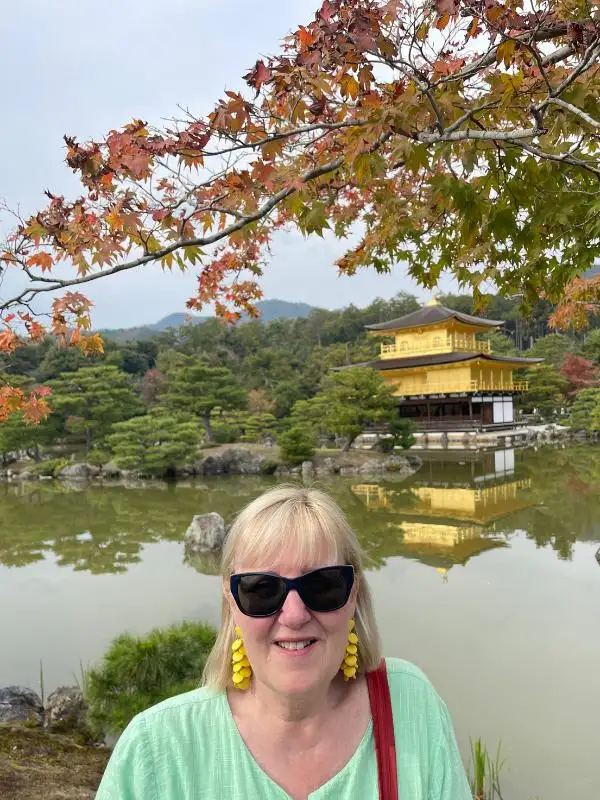
You can experience all kinds of weather in Japan and enjoy activities and attractions suitable for all weather conditions. We believe the best times to visit Japan are spring (March-May) for the cherry blossoms and autumn (September-November) for the stunning fall foliage.
✔️ Summer (June-August) can be hot and humid, especially in Tokyo and Kyoto.
✔️ Winter (Dec-Feb) brings snow to northern Japan—great for skiing in Hokkaido.
💡 Tip: If you’re visiting in the summer, consider carrying a small towel and water bottle—it gets very humid!
11. Shopping? Bring a Tax-Free Passport 🛍️
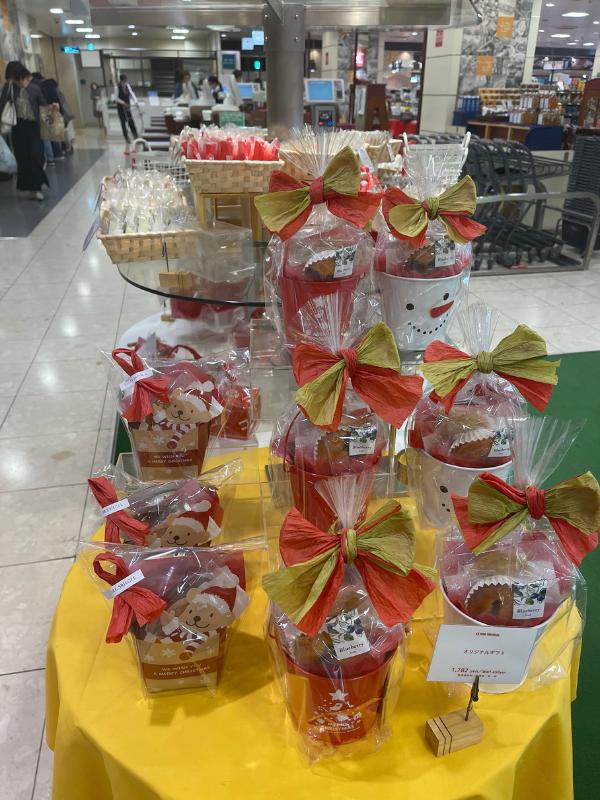
Japan is an excellent destination for shopping, whether you’re looking for traditional souvenirs or the latest tech gadgets.
✔️ Foreign tourists can shop tax-free at many stores (for purchases over ¥5,000 in a single store in a single day).
✔️ Look for “Tax-Free” signs and ensure you bring your passport to receive the discount.
✔️ Japan is famous for electronics, cosmetics, anime goods, and high-quality souvenirs.
✔️Don Quijote is the largest discount store in Japan and offers the best one-stop shop for quirky souvenirs, snacks, and beauty products.
💡Tip – Japan may introduce a refund system this year (2025) where you’ll get a refund for the initial tax paid when customs confirm you are taking the goods out of the country.
12. Don’t Walk and Eat 🚶♂️🚫

✔️ It’s considered rude to eat while walking in Japan.
✔️ If you buy street food, find a spot to stand and eat before moving on.
✔️ Walking and eating at festivals and some food markets is acceptable.
💡 Tip: If you’re unsure, observe what locals do—Japan has a strong culture of respect for public spaces. (You will see no rubbish bins and NO rubbish as everyone takes their rubbish home instead!)
Final Thoughts
Japan is a fascinating, welcoming, and ultra-efficient country that blends ancient traditions with futuristic cities. Whether you’re exploring Tokyo’s neon lights, admiring Kyoto’s temples, or eating your way through Osaka, Japan is an unforgettable destination.
Read next – Japan Travel Planning
